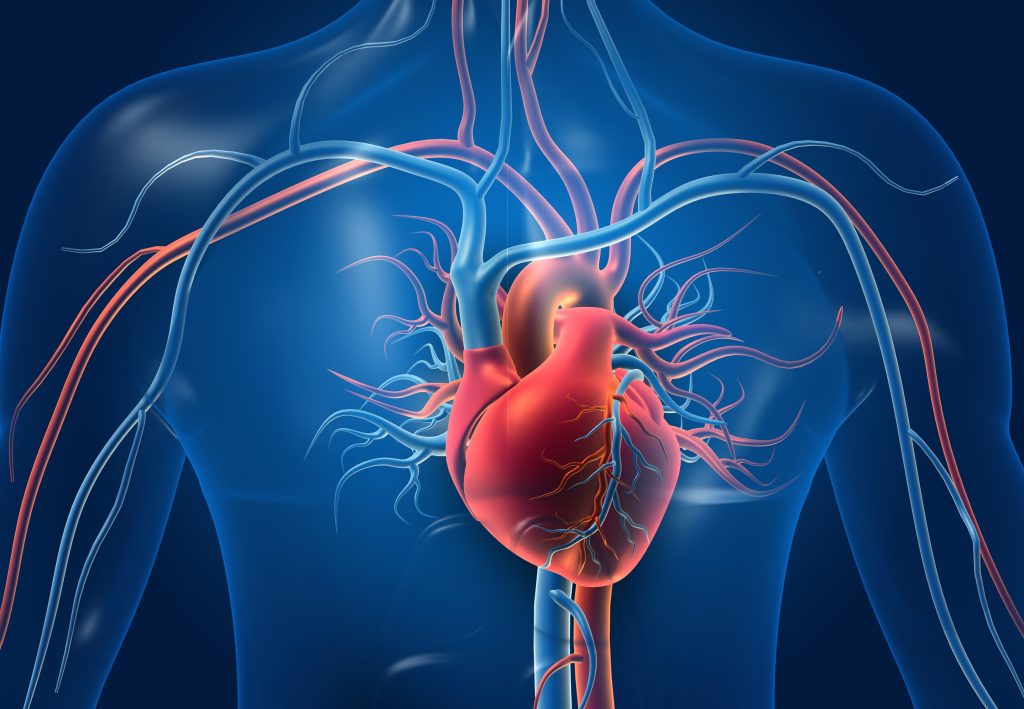Cardiac Metabolism: How Exercise Affects the Heart’s Energy

Have you ever asked yourself, “How does cardiovascular exercise affect the heart’s health?” Medical professionals always push to include regular cardio in your exercise routine for better heart health, but why? Cardiovascular exercise promotes cardiac metabolism, which is excellent for your heart. Keep reading to see how this process works and what it does for your heart.
What Is Cardiac Energy Metabolism?
Cardiac energy metabolism cardiac metabolism) aims to produce chemical energy that allows the heart to function correctly. Your heart uses a lot of energy to circulate blood through your body, so your cardiac system must metabolize energy the way it should. A decrease in cardiac metabolism is linked to a higher risk of heart failure, so treating changes in metabolism rates is vital for heart health.
Cardiac energy is produced in the mitochondria. The mitochondria’s primary function is to generate the energy needed for cardiac metabolism. If the mitochondria don’t have enough of the ideal energy source, they will try to use other sources. However, using different sources will result in less energy for the heart. Since the heart is the most energy-consuming muscle in your body, too little of an energy source can lead to heart failure or other cardiac issues.
What Are the Sources of Energy to Support Cardiac Muscle Metabolism?
It needs the right energy sources to keep your heart working as it should. The sources required for proper cardiac metabolism vary slightly depending on whether you’re at rest or participating in cardio exercise.
Sources at Rest
The primary energy source for your cardiac muscles is adenosine triphosphate (ATP). Between 60 and 70 percent of ATP is used to fuel the contraction of your heart muscles, and the remaining 30 to 40 percent pumps the blood through your heart. While at rest, oxidizing fatty acids and amino acids keeps cardiac metabolism working as it should. 70 to 90 percent of cardiac ATP comes from fatty acids while your heart is at rest. The remaining 10 to 30 percent is comprised of a mix of glucose, lactate, ketone bodies, and other amino acids.
It’s worth noting that research suggests that most heart failure patients show a noticeable reduction in fatty acids in their systems. This decrease leaves the heart without its most important energy source, which means the cardiac metabolism is impaired.
Sources During Exercise
Once you start exercising, the fatty acids and glucose aren’t always enough to keep up with the metabolizing of your cardiac energy. Cardiac energy is depleted quickly, especially when exercising. However, lactate works to pick up the slack during exercise and becomes an important major metabolic substrate while you’re exercising.
What Are the Metabolic Changes that Happen When Cardiovascular Endurance Increases?
Different forms of exercise lead to various metabolic changes in our bodies. Regular cardiovascular exercise increases your cardiovascular endurance. This increases the changes your metabolism sees and can improve various areas of your body.
Some Metabolic Changes That Come From An Increase In Cardiovascular Endurance Include The Following:
- A larger quantity and size of mitochondria cells
- An increase in the oxidative capacity of your skeletal muscle
- An increase in skeletal muscle myoglobin concentration
- A greater ability to oxidize fatty acids for energy at rest.
- An increase in stores of glycogen
Studies have also shown that increased cardiovascular endurance significantly increases a metabolic hormone called fibroblast growth factor 21 (FGF21). FGF21 plays a role in many significant bodily functions, including regulating fatty acid oxidation in the liver and improving overall metabolic health. Research is still being done on whether FGF21 is directly related to the cardiovascular benefits of exercise.
It is worth noting that to see these changes, one must participate in regular cardiovascular endurance. You should participate in cardiovascular exercise three to five days a week to improve and maintain better endurance. With exercise at an intensity of 60 to 90 percent of HRmax or 50 to 85 percent HRmax reserve for 20 to 60 minutes a day.
Summary
Providing enough of an energy source for your cardiovascular system is crucial to proper cardiac metabolism. Ensure your body gets enough fatty acids and other amino acids to give your heart the energy it needs. Regular cardiac exercise is another excellent way to improve your metabolism’s functions and cardiovascular health because it helps your heart have more energy to consume. Proper diet and exercise will keep your energy-craving heart healthy and working as it should.





